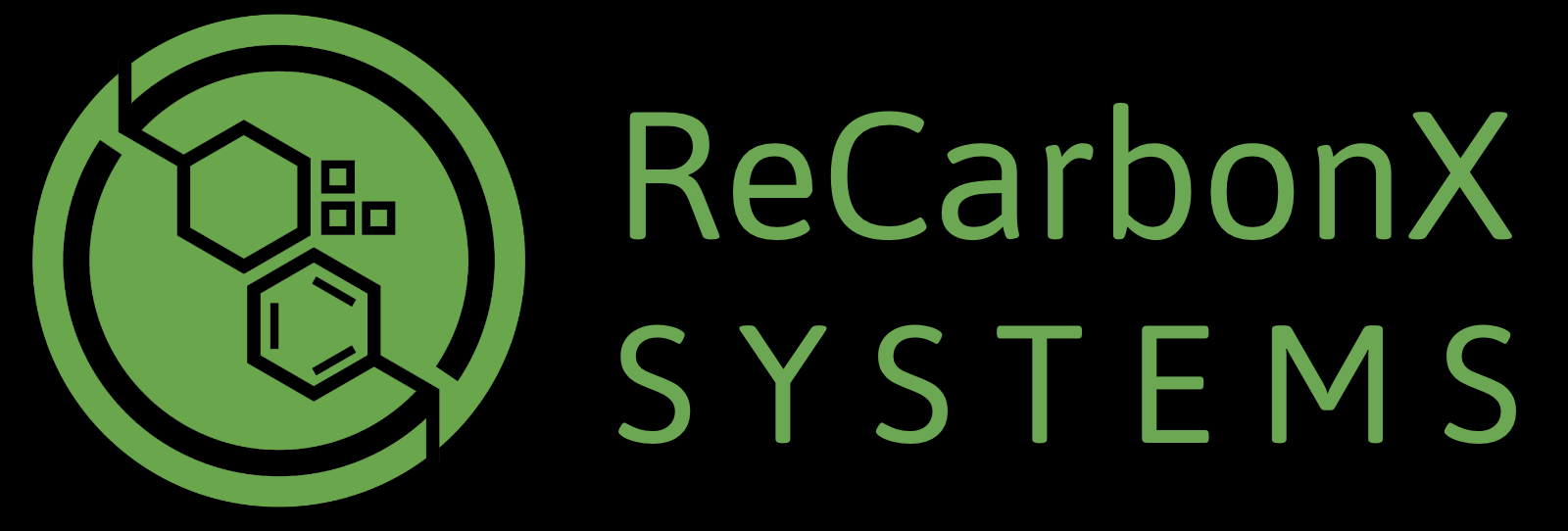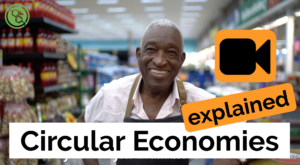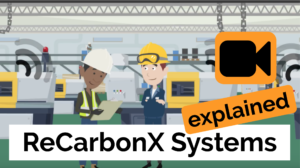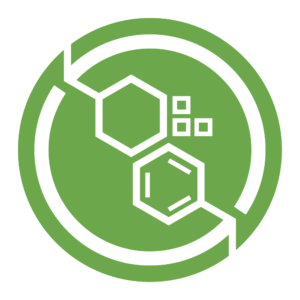According to Wikipedia, life-cycle analysis – otherwise known as LCA, or cradle-to-grave analysis – is “a technique to assess environmental impacts associated with all the stages of a product’s life from raw material extraction through materials processing, manufacture, distribution, use, repair and maintenance, and disposal or recycling.”
Currently, LCA is an expensive undertaking, both financially and in terms of time and resources, and it is undertaken by various different bodies – from governments and third party auditing companies to large corporations (studies in-house or outsourced).
Companies and lobbyists often employ LCA to convince their audience or customer that, for example, paper is a better option than plastic (or vice versa).
But we may well ask: how do analysts reach conclusions about a specific product when it sits in a generic category?
LCA is typically carried out in clusters: for example, ‘wood products’ or ‘plastics’ would be clumped according to “quantified environmental data for a product with pre-set categories of parameters based on the ISO 14040 series of standards, but not excluding additional environmental information.”
In reality, however, there’s no such thing as a general ‘plastic footprint’, or a generic ‘wood product footprint’, because each producer has their own processes and energy intensity measures.
Industry averages become meaningful when a company is not able to measure their own particular product footprint, but it’s not an ideal measure. The current perception of the requirements for plastic production, for example, is based on “National databases or data sets that come with LCA-practitioner tools, or that can be readily accessed.” (Wikipedia) These are otherwise known as ‘secondary data sources’ and, due to nuanced differences in regional or national conditions, the average number often ends up being very general, without any allowance for differentiation or comparison between one or other production process.
With advances in integrated industrial sensor technologies such as our ReCarbonX blockchain based tracking system, it will become far easier for producers to acquire ‘primary data’ – which has thus far been deemed difficult to acquire – to build a clear picture of their own product footprints and to showcase the changes they are already making towards sustainable manufacturing. Because LCA is a natural by-product of the ReCarbonX system integration.
As consumers or decision makers, we need accessible and understandable LCA results for each and every product. Why? Take as an example our ‘paper vs. plastic’ scenario: when trees are processed in an unsustainable way (e.g. a felled tree is not replaced with a sapling and there are high production emissions), the eco footprint or ‘climate cost’ of that paper bag will be high. On the other hand, if a plastic bag producer uses waste plastic as raw material alongside advanced carbon capture technologies, their plastic product may be completely ‘green’.
The key is in the primary data, and consumers and business customers can only make informed decisions when these data sources are available for analysis.
*
If you’re interested in finding out more about our solution, please drop us a line via our contact page.
Image in this post courtesy Sergio Souza via Pexels.





